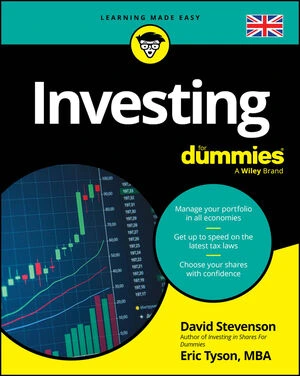Factor investing is an investment portfolio general strategy that favors a systematic approach using factors or “shared characteristics” of individual stocks (and other assets, such as bonds) that have a historical record of superior risk and return performance.
These factors can range from individual characteristics, such as the company’s sales (revenue indicated on the company’s income statement) or debt (total liabilities indicated on their balance sheet), to their performance in macro environments, such as inflation or economic growth.
A factor is a trait or characteristic that can explain the performance of a given group of stocks during various market conditions.
There are two main categories of factors: style factors and macroeconomic factors.
Style factors
Style factors take into account characteristics of the individual asset, such as its market size, value and industry/sector, volatility, and growth versus value stocks. Style factors help to explain or identify characteristics that drive that asset’s price performance in the marketplace. These factors are also referred to as microeconomic because they are an individual security or asset that drives its performance as a singular member or participant of the overall market and economy. Style factors include value, size, quality, dividend, growth, volatility, and momentum. We'll go over a few of these here:Value factors
Looking at value means typically looking at the company’s fundamentals. The fundamentals are the most important financial data of the company, like the company’s sales and net profits, balance sheet (assets and liabilities), and important ratios, like the price-earnings (P/E) ratio. Looking at public companies (as through their common stock) through the lens of value factors is one of the most important factors because value investing has survived and thrived ever since they were initially codified by the work of Benjamin Graham during the Great Depression years. One of the most important reasons to embrace value as a primary factor (especially for beginning investors) is the emphasis on stocks that are undervalued, which makes them safer than other stocks. Undervalued means that all the key fundamental financial aspects of the company (like book value or the price-earnings ratio) generally indicate that the price of the stock is not overpriced, meaning that you will not pay an excessive stock price versus the value of the underlying company and its intrinsic worth. The reason becomes obvious in market data; overpriced stocks are more apt to decline more sharply in a correction or bear market versus reasonably priced stocks. The bottom line is the fundamentals of a stock mean a safer bet and a better chance at long-term price appreciation.Size factor
The size of the asset, in this case, public company, is a reference to its market size based on market cap or capitalization (total number of shares outstanding times the price per share). The most common cap sizes used are small cap and large cap. If you’re seeking growth, lean toward the small-cap factor. Large-cap assets may be safer but typically don’t exhibit the same growth or price appreciation relative to the small-cap stocks. The historical data generally bears this out.Growth factor
The growth factor highlights the measure of change in sales and earnings by the company in relation to its group (like in individual industries or sectors). Is the stock growing better than its peers? If so, this factor should be considered. As the historical market data suggests, companies with growing sales and revenue show stronger relative stock price appreciation, since investors notice the growth and buy up the stock.Volatility factor
Market research over an extended period of time suggests that low-volatility stocks tend to earn a better return over the long term compared to high-volatility stocks. Given that, this factor will be beneficial.A useful indicator to look at is beta, which is listed at many popular financial websites for a given stock. The beta indicates how much more (or less) a given stock is volatile versus the general market (based on recent market trading data).
For beta, the stock market itself is assigned a value of 1. A stock with a beta that is less than 1 is less volatile than the general stock market, while a stock with a beta greater than 1 is more volatile than the general stock market. A stock with a beta of 1.2, for example, is considered 20 percent more volatile than the general stock market. A stock with a beta of, say, .9 is 10 percent less volatile than the general stock market. A good example of a stock that has low volatility would be a large-cap public utilities company. A good example of a high-volatility stock would be a small-cap technology firm. If you’re a retiree, you would most likely benefit from this factor to ensure getting low-volatility stocks.





